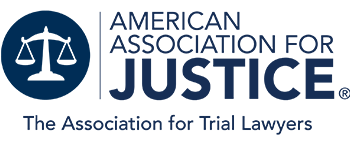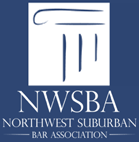Concrete Workers at Risk
Concrete workers face a variety of hazards that can cause serious injuries, disabilities, or death. As a result, OSHA mandated a number of safety standards geared towards keeping workers safe. Despite these standards, however, employers often fail to take precautionary measures to protect their workers. Unsafe conditions in the concrete industry continue to cause approximately 28,000 serious injuries and illnesses and about 40 deaths each year. By recognizing workplace hazards and following a few safety tips, concrete workers can reduce their risk of getting seriously injured, becoming permanently disabled, or dying.
Hazards Concrete Workers Face
Some of the most common hazards that cause serious injuries or death to concrete workers include:
- Falls from cranes or other elevated workspaces
- Getting crushed or pinned by heavy slabs of concrete when partially constructed foundations collapse
- Exposure to concrete dust that contains components like Silica that can cause permanent lung damage including silicosis and lung cancer
- Overexertion and heatstroke from working in extreme weather conditions
- Getting impaled by rebar that is sticking out of concrete slabs
- Back, neck, and shoulder injuries caused by improper lifting or repetitively lifting heavy equipment
OSHA Safety Standards for Concrete Workers
Safety standards mandated by OSHA are designed to help prevent worksite accidents that cause concrete worker injuries and fatalities. Some of OSHA’s safety standards address the following.
Hazard Communication: According to OSHA standards, employers must warn concrete workers of dangers on the worksite. Additionally, employers are required to provide warning signs and guards when hazards are present.
PPE: The proper personal protective equipment is essential for keeping workers safe. Workers who are exposed to concrete dust should be provided with face masks or ventilators. And since mixing, drilling, and cutting into concrete can cause permanent hearing loss, employers are required to provide workers with hearing protection like noise-canceling headphones or earplugs. Alkali-resistant gloves, waterproof boots, coveralls, and eye protection should be worn to protect workers from chemical burns.
Machine Guarding: Employers must ensure that protective guards are in place on mixers, block makers, cubers, power tools, and other concrete manufacturing or construction equipment. Additionally, lock-out tag-out procedures must be followed when servicing equipment.
Ergonomics: Employers must educate workers on proper lifting techniques and provide forklifts and hand trucks to be used when manual lifting is not safe.
No Fee Unless We Win







 312-236-2700
312-236-2700






